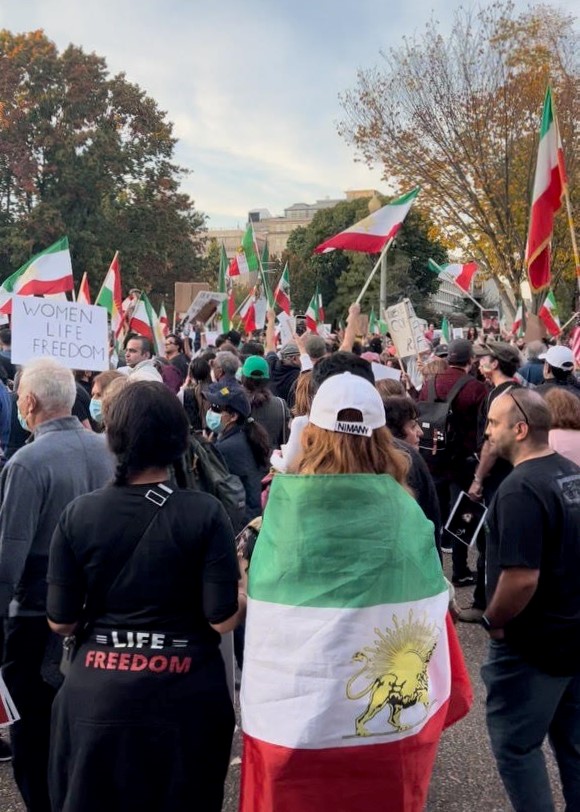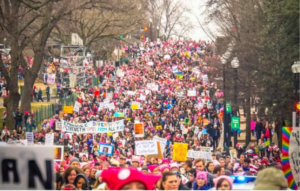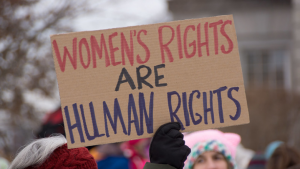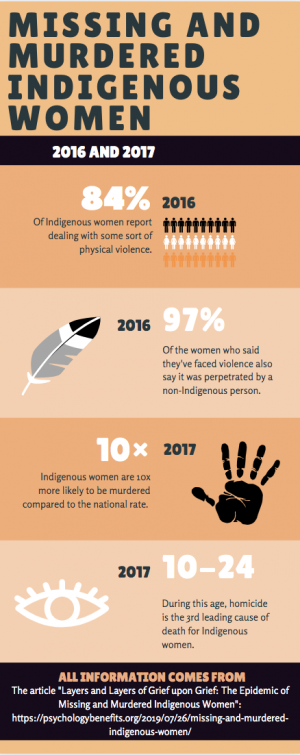Woman, Life, Freedom
Chant for Iranian women’s liberty from mandatory Hijab becomes global
Protesters in Washington D.C. wave and wear pre-Islamic Republic Iranian flags as they chant “Woman, Life, Freedom” in Farsi and Kurdish on Oct. 22. Global protests have been taking place in major cities every Saturday since Oct. 1 in order to show solidarity with the people in Iran.
November 16, 2022
“Zan, Zendegi, Azadi.”
Those three words conveying “woman, life, freedom” echoed repeatedly as I scrolled through my Instagram feed, watching videos of young men and women marching past police shooting at the large crowd.
Anti-Islamic Republic protests ignited across Iran shortly after the death of Mahsa (Zhina) Amini, a 22-year-old Kurdish-Iranian woman who lost her life on Sep. 16 in the custody of the Iranian morality police for her “improper” Hijab, meaning her attire failed to fully cover her arms and head. While Iranian authorities claim that Amini died of a heart attack, her family and protestors across the country firmly believe that she was murdered by the police, according to Time.
Cover-up stories for murder, torture and arbitrary arrests by Iranian officials and authorities are not of novelty to the Iranian people: we hear them every year, every month, every week and now, every day.
Sadly, Iranian forces are no longer a threat to only the youth. On the morning of Oct. 1, I paced around my living room after hearing that my grandfather in Iran had left the house for a walk. Minutes before my repeated attempts to call my grandparents’ house, my phone screen lit up with footage of burning streets, protestors and bypassers being shoved into police vans, and the shooting guns of the Basij, the Islamic Republic’s parliamentary militia.
Fear that my grandfather might have been arrested for being in the wrong place made me nauseous. Finally hearing from him, although a relief, only fed my pain as I wondered if Iranian families experience this daily; if fear is going to be my people’s eternal punishment for standing up to an oppressive Hijab policy.
As a female Iranian immigrant, the concept of mandatory Hijab is not new to me. Until the age of nine, my school days were spent in a long green tunic, flabby pants, and a Hijab that seemed to hide my entire identity.
For an Iranian girl like myself, nine is the age of a painful “maturity;” a step towards a fearful womanhood; the beginning of a life when violation of Sharia law entails vicious punishments by the police rather than just teachers.
I feel a special connection with the woman-led movement in Iran not only because I wish to return to an Iran where I feel free as a woman, but because the crowds are full of passionate young women, many of them my age.
Having the privilege of living optimistically in a free land as a 17-year-old Iranian girl means that my pain is dramatically intensified when I hear about the death of Sarina Esmailzadeh and Nika Shakarimi, 16-year-old teenagers whose skulls were smashed with batons and bullets for waving their Hijabs in the air, demanding their human rights.
I feel guilty as I walk my school’s hallways, thinking of the 18-year-old students at Sharif University being locked into their dorm rooms or carried out of their classrooms before getting arrested and mercilessly shot for their acts of protest.
I find myself immensely fortunate to live in the U.S. while my extended family is forced to reside in danger, but the most recent upheavals in Iran have reminded me that my privilege is taken for granted too often. Over the past few weeks, the words “Zan,” “Zendegi” and “Azadi” have taken on the new meanings of power, hope and expression in my mind. The brave young people of Iran protesting for peace are testament to the fact that the youth is the future of freedom, and Iranian women are the emblems of our strength.







